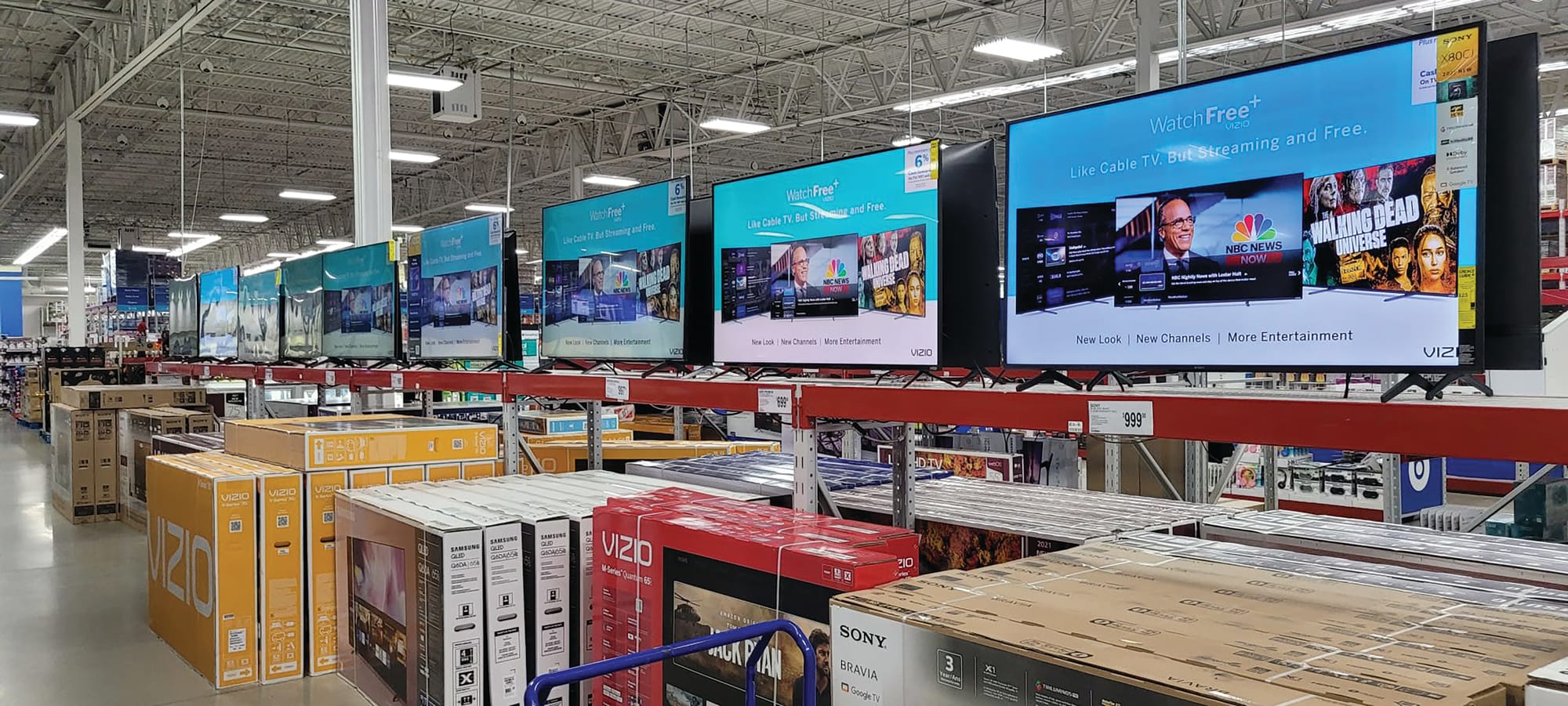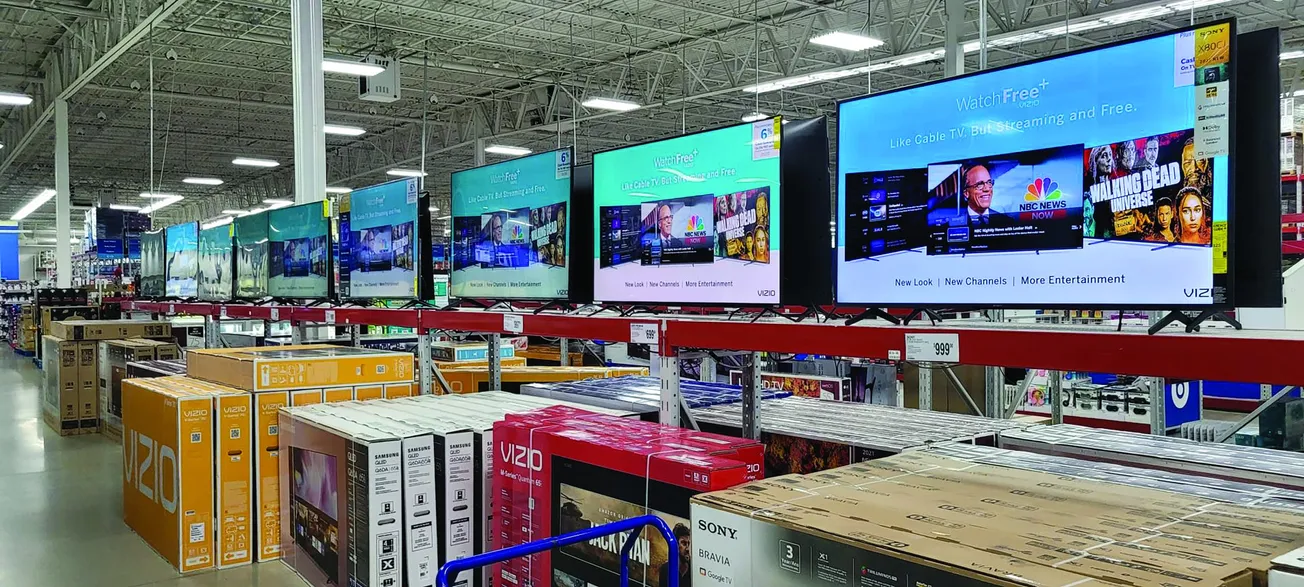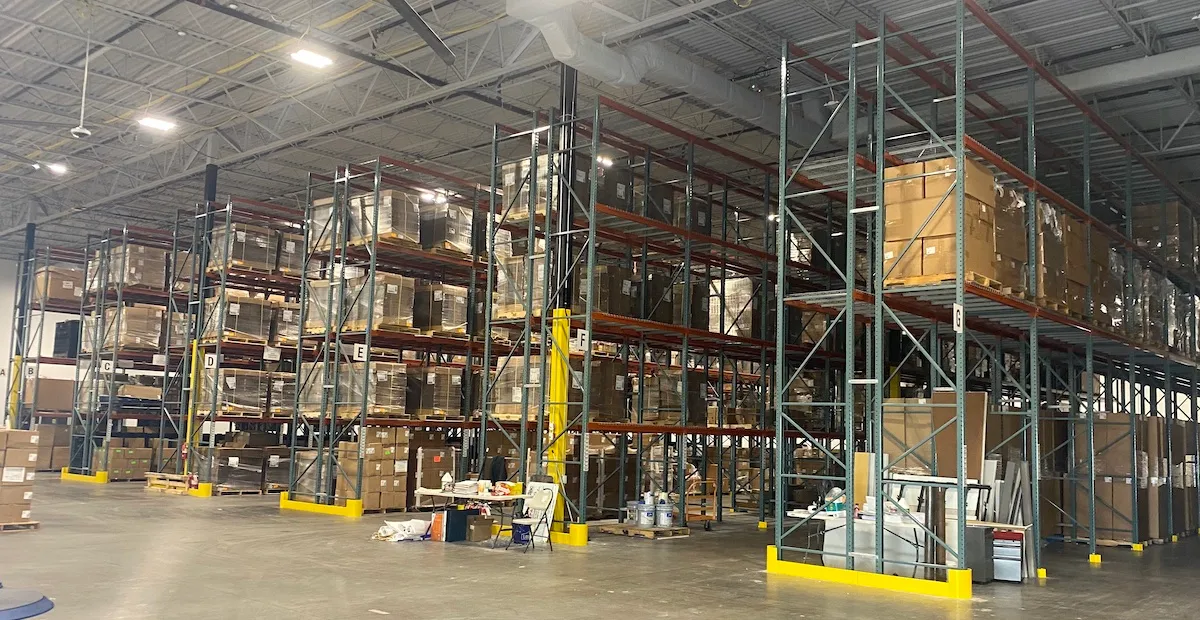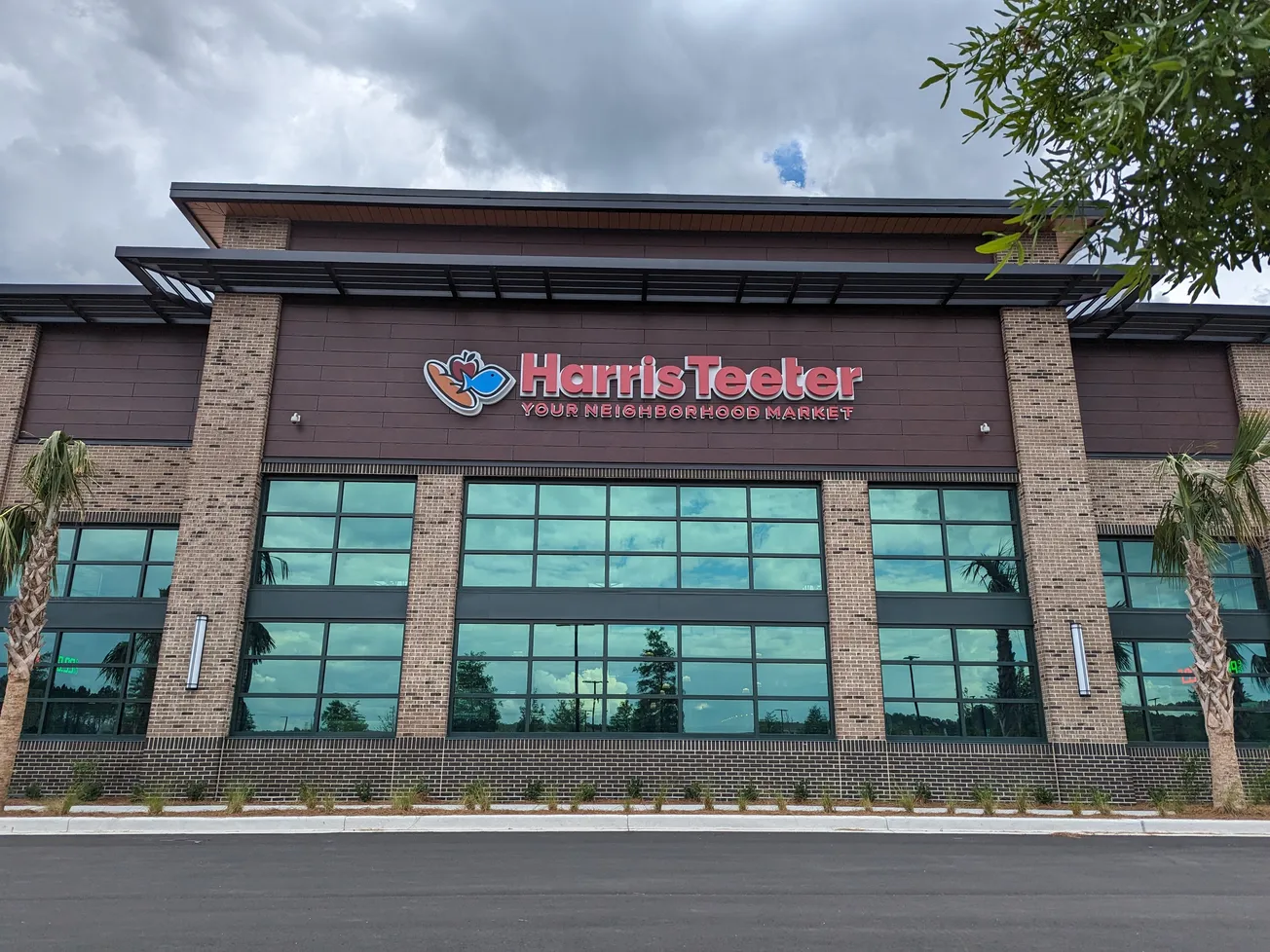Retail media networks (RMNs) continue to grow at an impressive pace, led by juggernaut Amazon commanding 75% of this industry estimated at over $45 billion for 2023, with Walmart a distant second with less than 8% share. We see this growth across mass retail, grocery, DIY and chain drug with a list that also includes Sam’s Club, Target, Albertsons, CVS, Home Depot, and Kroger. In fact, almost every large retailer in the U.S. has a retail media network, predominantly in the digital space, where most of the revenue is driven by search and sponsored product ads on the retailer’s website, or off-site media on non-retail digital channels such as Facebook, all supported by the retailer’s first-party data. Amazon commands the digital space through the sheer size of its website traffic, over $3.8 billion monthly visits in September compared to Walmart’s 415 million monthly visits.

Susie Opare-Abetia
For brick-and-mortar stores, including chain drug, RMNs in the physical space present a huge opportunity to level the industry playing field because of the vast number of shoppers who still prefer to shop in-store. Amazon has over 600 physical stores in the U.S., mostly Whole Foods stores; by contrast, Walmart has over 4,600 stores, Kroger has over 2,700 stores and CVS has more than 9,500 locations. The average Walmart Supercenter serves over 10,000 shoppers every day — that’s a staggering 35 million shoppers per day across all Walmart Supercenters in the U.S.
This is the future of retail media, and operators like Walmart and Sam’s Club are leading the way. When expertly built and operated, these networks have demonstrated the ability to:
• Significantly enhance the shopper experience.
• Influence purchase decisions at the point of sale, driving incremental sales lift.
• Build brand affinity.
In fact, enabling a better shopping experience is what drove the very first instantiations of in-store RMNs. Several years before Amazon launched its digital RMN in 2012, retailers like Walmart, Sam’s Club, Costco and Best Buy were building media networks in their stores primarily to help shoppers make informed decisions for considered purchases like TVs.
Today most retailers that have built or are planning to build in-store RMNs pay the costs associated with building and operating these networks, manage ad sales and keep the lion’s share of the ad revenue. This is because they see these screens in their stores as an important strategic asset that, yes, generates a highly profitable new stream of revenue but can also significantly enhance the shopper experience.
This was the case with Sam’s Club, which, in 2013, selected Wovenmedia as its solution provider to build a next-generation retail media network in its electronics department, leveraging best-in-class technologies that provided scalability and flexibility to support network expansion and deliver a highly engaging, relevant experience for members. In 2019 Sam’s Club moved its media sales and operations in-house, and today the Sam’s Club network runs in multiple departments on over 25,000 screens chainwide. Through our experience with Sam’s Club and other retailers we’ve learned the necessary ingredients for successful in-store RMNs.

Wovenmedia built a next-generation network for Sam’s Club.
Chain drug operators need to know that to drive maximum shopper engagement, good network design and engaging programming are paramount. Screens can be placed in heavily trafficked aisles or entrances for storewide messaging, at the category level — e.g., Pharmacy or Health and Beauty — to promote several products in that category, or at the product level on end-caps or shelves promoting a specific product.
In the early stages of building an in-store RMN, one of the most important considerations for successful shopper engagement is often overlooked by retailers — the content and programming strategy. The length of each video spot and how frequently it plays on the screen should be driven by the dwell time, the average amount of time a shopper is in viewing distance of the screen. Successful creative approaches are bold and direct, with visuals that are easy to understand at a glance, and supported by clear, easy-to-read text.
Retailers that have implemented in-store RMNs at scale, and have proven that through successful execution these networks drive incremental sales, enhance the shopping experience and generate new highly profitable revenue streams, are now taking their networks to the next level. For example, using advanced targeting and real-time rendering technologies to deliver multiple creative versions of a product campaign in different regions. Think promoting Claritin in regions where the pollen index is high, or Coppertone sunscreen when the UV index is high, encouraging unplanned purchases. Or overlaying QR codes on content giving shoppers the opportunity to directly interact with the screen and change the content on the screen and/or be driven to a digital experience on their phones.
To better understand shopper behavior as it relates to RMNs, these retailers are also experimenting with in-store measurement technologies like computer vision and AI, mobile GPS data, anonymous cell phone detection and footfall sensors. This will eventually lead to in-store RMN measurement standards that advertisers will require.
Chain drug stores are perfect candidates for successful in-store RMNs. Brand loyalty is high, customers are ZIP code identifiable, and stores carry a variety of lucrative categories for monetization.
Susie Opare-Abetia is the founder and chief executive officer of Wovenmedia.









